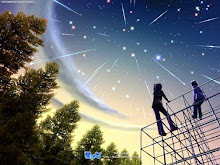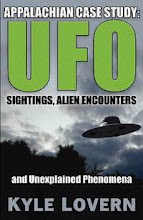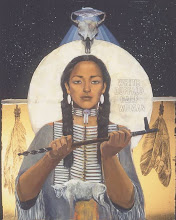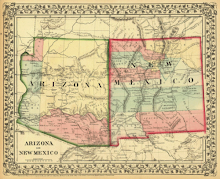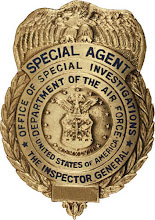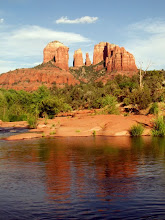And several prominent astronomical observatories are located in southern Arizona.
Saturday, January 11, 2014
Unusual phenomena, UFOs part of Arizona life
By Steve Hammons
From Arizona’s Sonoran Desert in the south, to the
pine-covered mountains in the central part of the state, and the Navajo and Hopi
lands in northeastern Arizona, unusual incidents seem to occur with some
regularity.
When the 23rd annual International UFO Congress conference begins near Phoenix in mid-February, locals and visitors alike
will certainly have plenty to see, do, experience and think about.
Past incidents, current and ongoing research, and possible future
developments seem to provide a rich combination of interesting phenomena to
explore and discuss.
The “Phoenix lights” case made headlines around the world
when hundreds or maybe thousands of Phoenix-area residents (including the
Arizona governor) reported seeing a huge V-shaped or boomerang-shaped object
slowly cruise over the metro region at low altitude on the evening of March 13,
1997.
Up in Arizona’s mountains on Nov. 5, 1975, a resident of the small town of Snowflake,
Travis Walton, was reportedly involuntarily taken aboard an unusual craft as he
and his small work crew were leaving a nearby national forest. He showed up a
few days later, apparently disoriented and, naturally, somewhat shocked.
And the town of Sedona and surrounding areas in the high
desert have long been associated with unusual uplifting energy, strange
phenomena and UFO sightings.
Some of the unusual aspects of the Sedona area are theorized
to be associated with the high content of iron oxide in the ground and
beautiful red rock outcroppings in combination with substantial deposits of
quartz, creating special energies of some kind.
NATIVE AMERICAN AND MILITARY PRESENCE
Many people are aware that Arizona is home to several Native
American tribes and nations. The Navajo and Hopi lands are up near the “Four
Corners.” Apache lands are on the eastern side of the Grand Canyon State. Even
the metropolitan Phoenix area is home to several surrounding Native American
tribes. And far southern Arizona near Tucson and the border with Mexico also
includes Indian tribal lands.
UFO incidents along with other interesting phenomena have
been reported on Native American lands in Arizona, including reports by tribal public
safety officers and peace officers.
Arizona is also home to four major military installations:
Luke Air Force Base on the west side of Phoenix, Davis-Monthan AFB near Tucson, the Fort Huachuca Army post in Sierra Vista south of Tucson and near Tombstone, and the Marine Corps Air Station at Yuma on the border with California at the Colorado River.
Back in the 1800s, Fort Huachuca was a post of African-American
“Buffalo Soldiers” cavalry units. They and other Army units fought the Apaches
in the region in some of the final major military actions against Native
Americans in the Southwest.
When the 1997 Phoenix lights incident occurred, Luke AFB was
involved in important ways. Residents, news media and local officials
reportedly contacted the base for information about the strange, huge object.
Later that evening, military flares were dropped at the Air
Force practice range south of Luke, reportedly part of activities of a visiting
Air National Guard unit. Reports that fighter jets from Luke were
scrambled in response to the Phoenix lights object were never confirmed by Luke
officials.
The Phoenix lights object had entered Phoenix air space at
the northwest corner of the metropolitan area, heading on a diagonal southeasterly
course and cruising slowly over the city. When it exited Phoenix, the object
was reportedly heading in the direction of Tucson.
VISITORS WELCOME
Speakers and attendees at the International UFO Congress next
month will be in good company in Arizona.
People from around the country and around the world (and
maybe from other worlds) visit the state to experience its many wonders such as
the Grand Canyon, the central Arizona mountains, the Sedona area and the rugged
Sonoran Desert with its unique animal and plant life, including the famous
saguaro cactus which grows only in the Sonoran Desert.
College students also come to Arizona from all over to attend
one of the three major state universities (Arizona State University in metro Phoenix,
University of Arizona in Tucson and Northern Arizona University in Flagstaff) or
private higher education institutions.
And several prominent astronomical observatories are located in southern Arizona.
And several prominent astronomical observatories are located in southern Arizona.
When the snow falls in winter, the state’s mountain ski areas ramp up for an influx of skiers. Meanwhile, even in the winter months,
people living in or visiting Arizona’s desert regions can still enjoy warm,
sunny weather. That’s why the visitors from the northern areas of the country
and Canada (called "snowbirds") arrive in Arizona at the start of every winter and depart in the
spring.
Seeing and experiencing the many fascinating aspects of Arizona draws seasonal visitors as well as people who decide to live in the state
full-time.
Enjoying and treasuring the natural beauty of Arizona is an
experience shared by millions of people. From the special energy of Sedona to fascinating sightings in Arizona’s skies, maybe these interesting phenomena are integral parts of Arizona's natural beauty.































